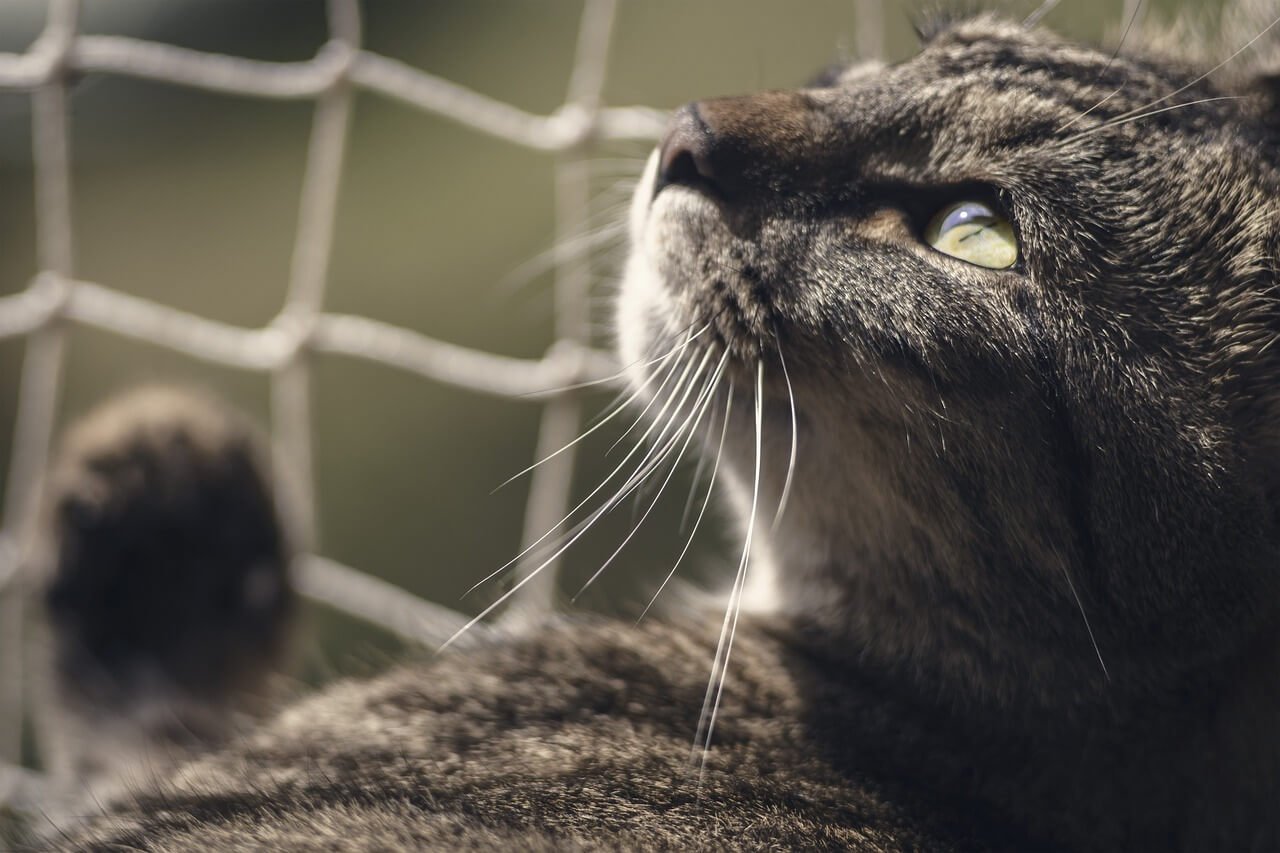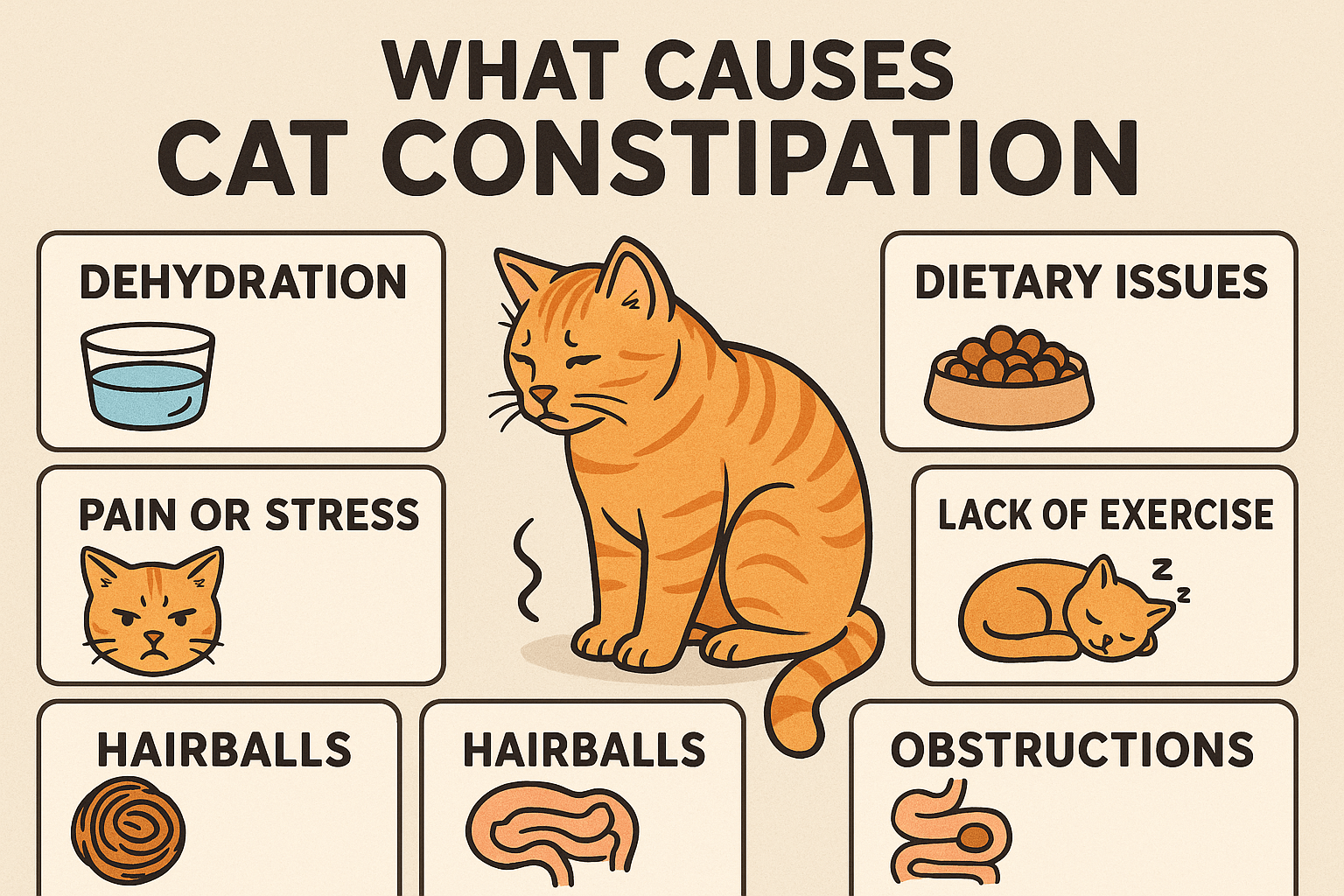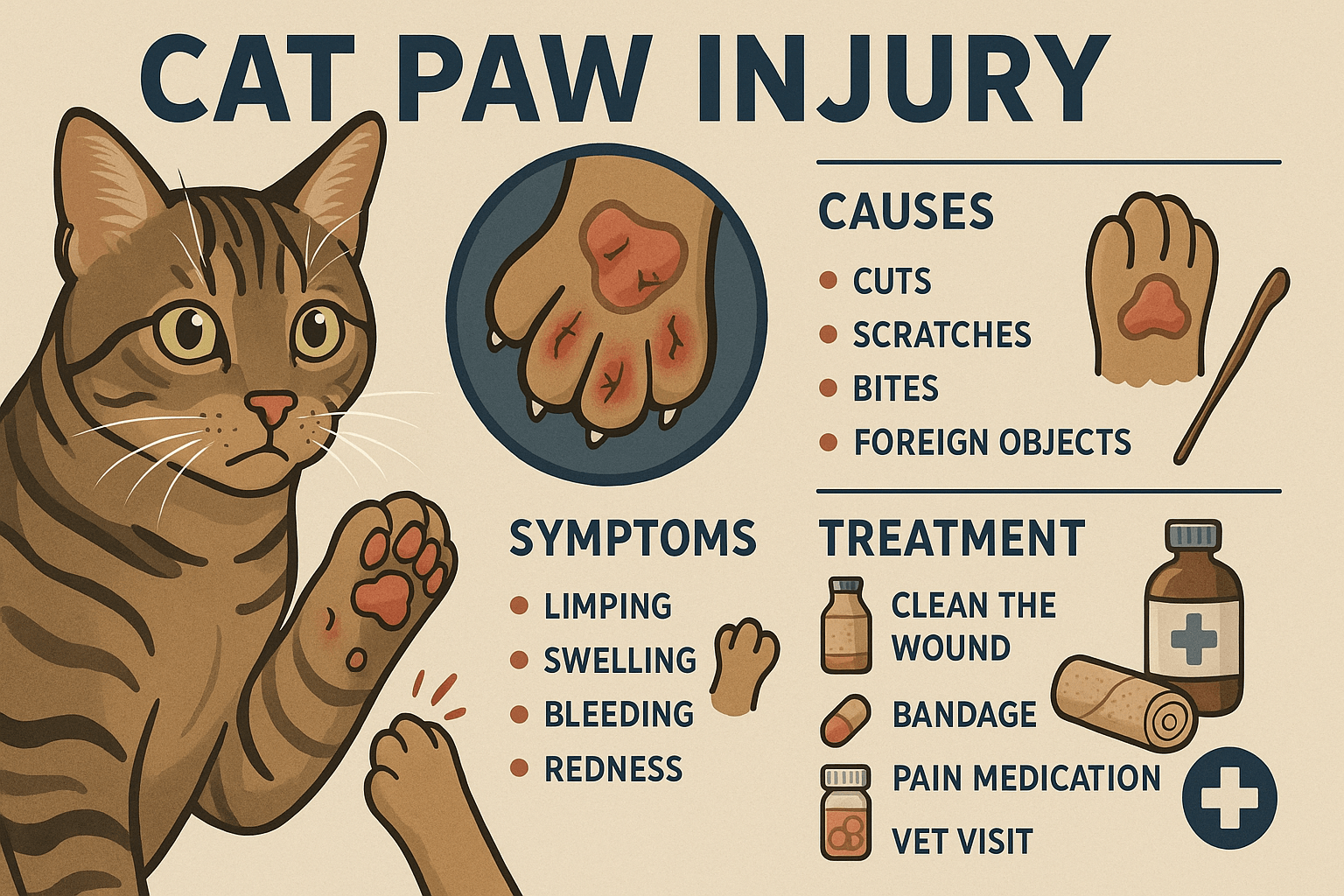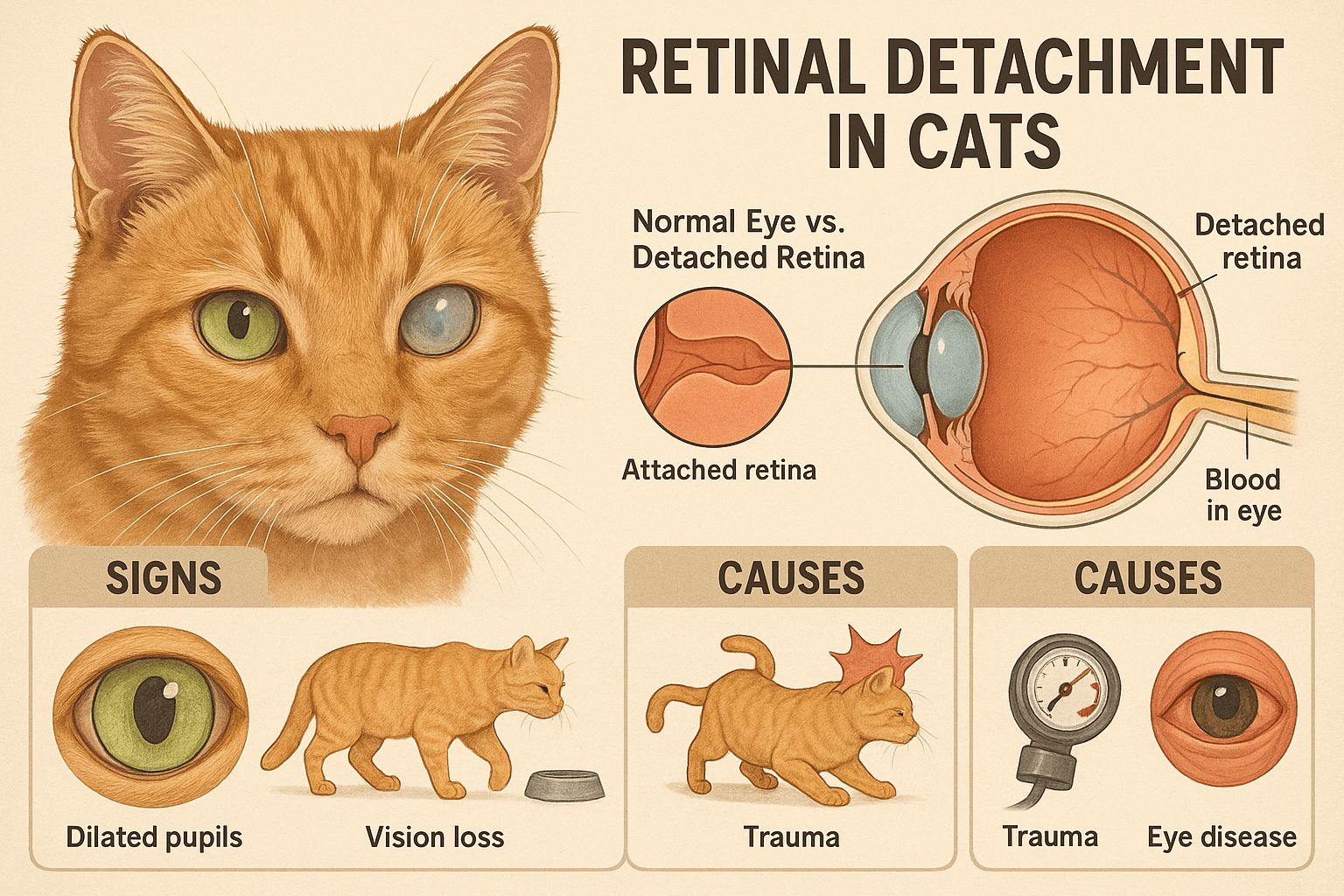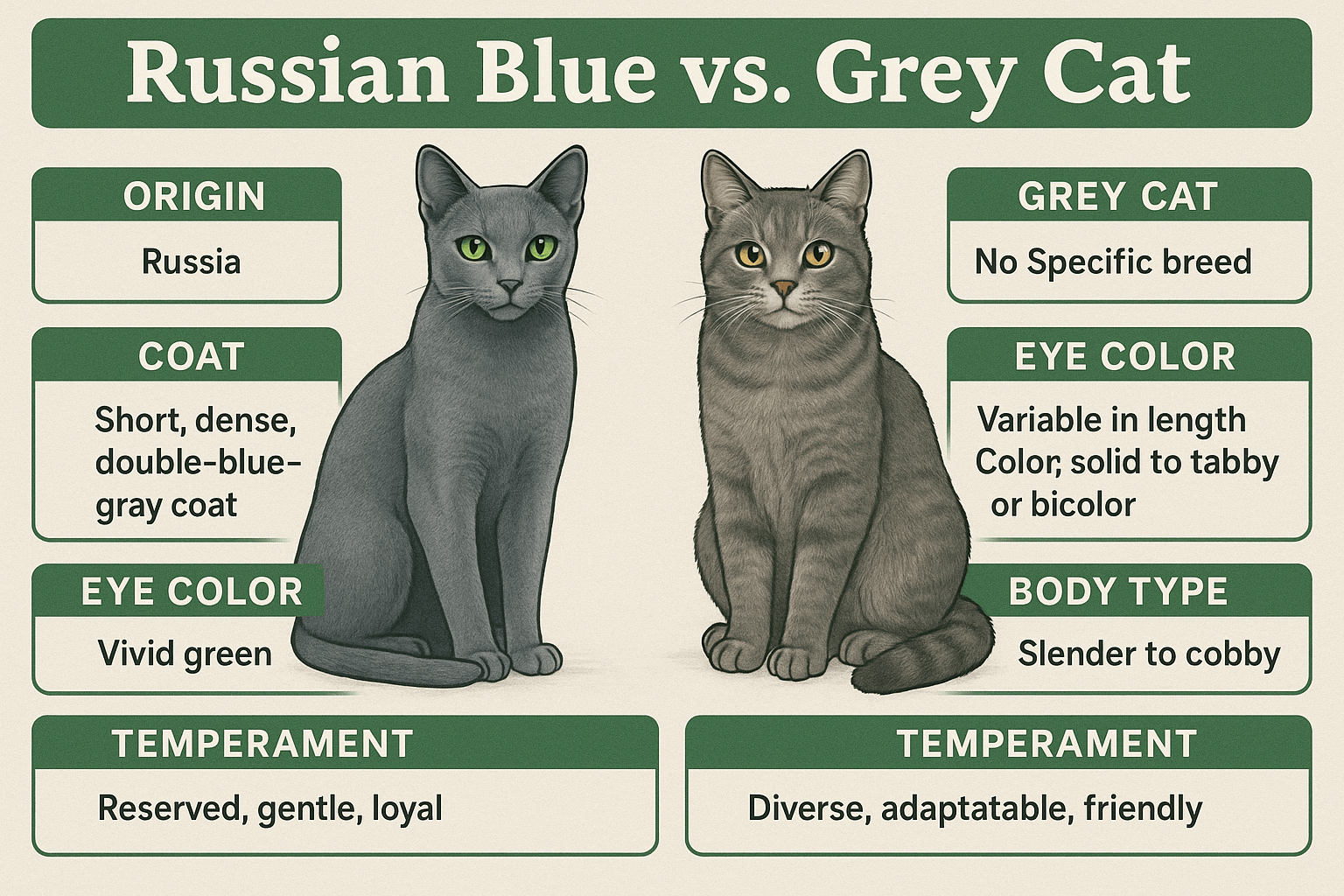Decoding Sick Cat Body Language: What Your Feline is Trying to Tell You
When your cat isn’t feeling well, they can’t exactly tell you in words. Instead, they rely on subtle changes in their body language to communicate their discomfort. Cats are masters at masking illness, a survival instinct from their wild ancestors, but as a caring pet parent, it’s crucial to recognize the signs early. Understanding sick cat body language can help you identify potential health issues before they worsen. In this guide, we’ll explore how to interpret your cat’s non-verbal cues, empowering you to provide timely care and support for your furry companion.
What Does Your Cat’s Behavior Say About Their Health?
Cats often display noticeable behavioral shifts when they’re unwell. These changes can range from subtle to dramatic, depending on the severity of their condition. By paying close attention to these signs, you can take proactive steps to address their needs.
Increased Hiding :
A sick cat may retreat to quiet, secluded spaces more often than usual.Reduced Social Interaction :
Cats that typically enjoy cuddles or playtime may suddenly become distant.Changes in Vocalization :
Excessive meowing, growling, or complete silence can indicate discomfort.Lethargy and Lack of Energy :
A once-active cat may seem unusually tired or disinterested in activities.Aggression or Irritability :
Pain or illness can make cats more prone to snapping or lashing out.
Behavioral changes are often the first sign that something is wrong. If you notice any of these patterns, it’s important to investigate further to ensure your cat receives the care they need.
Reading the Physical Cues of a Sick Cat
In addition to behavioral changes, sick cats often exhibit physical symptoms that can provide valuable clues about their health. Observing their posture, movements, and appearance can help you identify potential issues.
Hunched Posture :
A cat sitting with their back arched and head lowered may be experiencing pain.Puffed-Up Fur :
Fluffed-up fur can indicate stress, fear, or an attempt to cope with discomfort.Excessive Grooming or Neglecting Grooming :
Over-grooming may signal skin irritation, while neglecting grooming can point to fatigue or illness.Tail Position Changes :
A tail tucked tightly between the legs often signifies fear or pain.Unsteady Movements :
Stumbling, wobbling, or difficulty walking can indicate neurological or musculoskeletal problems.
Physical signs like these should never be ignored. They often accompany underlying health issues that require prompt veterinary attention.
Check this guide 👉Can Cat Urine Make You Sick? Best 7 Expert Tips!
Check this guide 👉Understanding Heart Disease in Cats: Best 7 Health Tips!
Check this guide 👉How Do Cats Get Worms? Best 7 Health Tips!
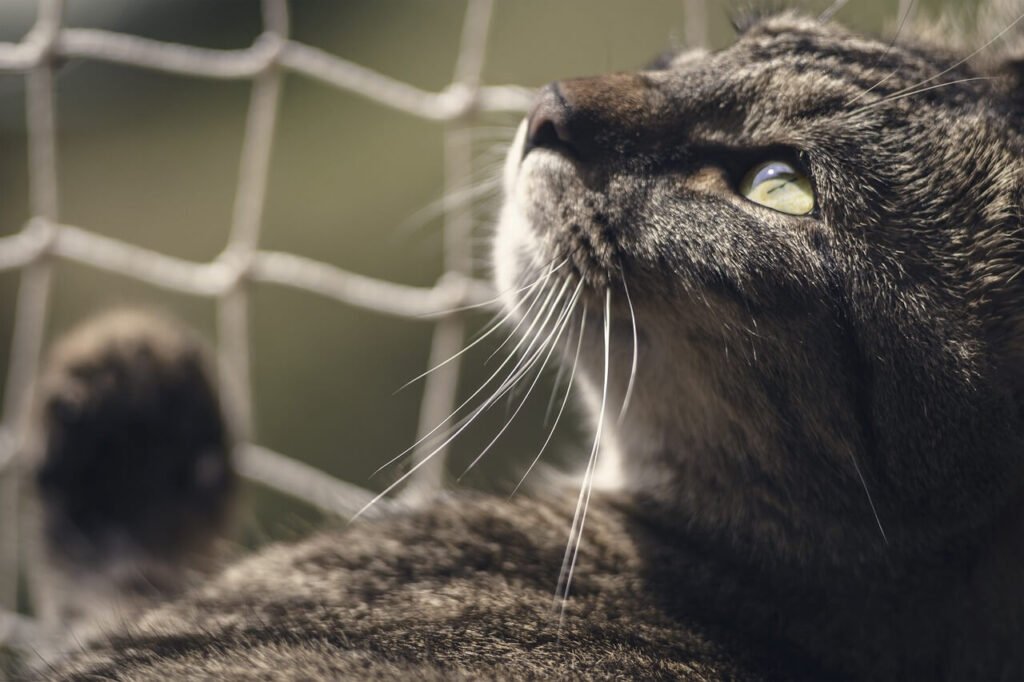
Behavioral Signs | Physical Signs |
|---|---|
Increased hiding | Hunched posture |
Reduced social interaction | Puffed-up fur |
Changes in vocalization | Excessive or neglected grooming |
Lethargy and lack of energy | Tail tucked between legs |
Aggression or irritability | Unsteady or wobbly movements |
What Your Cat’s Eyes and Ears Can Reveal
A cat’s eyes and ears are highly expressive and can reveal a lot about their health. Subtle changes in these areas can be early indicators of illness, making them important to monitor.
Dilated or Constricted Pupils :
Abnormal pupil size can indicate pain, stress, or neurological issues.Squinting or Half-Closed Eyes :
This may suggest eye discomfort, infection, or injury.Discharge or Crust Around the Eyes :
Watery or sticky discharge could signal an infection or respiratory issue.Ears Held Flat Against the Head :
Flattened ears often reflect fear, pain, or aggression.Head Shaking or Scratching at Ears :
Frequent head shaking or ear scratching may indicate an ear infection.
The eyes and ears are windows into your cat’s health. Paying attention to these signals can help you catch problems early and seek appropriate care.
How Eating and Drinking Habits Reflect Your Cat’s Health
Changes in appetite and hydration are among the most telling signs of illness in cats. Monitoring these behaviors can provide critical insights into their well-being.
Loss of Appetite :
Refusing food or eating significantly less than usual is a common sign of illness.Increased Thirst :
Drinking more water than normal may indicate conditions like diabetes or kidney disease.Difficulty Eating or Chewing :
Drooling or pawing at the mouth can signal dental pain or oral infections.Vomiting After Meals :
Frequent vomiting may point to digestive issues or dietary intolerance.Weight Loss :
Noticeable weight loss over a short period is a red flag for underlying health problems.
These cues are vital for understanding your cat’s overall health. Any significant changes in eating or drinking habits warrant a vet visit to rule out serious conditions.
How to Spot Breathing Problems in Your Cat
Respiratory issues can be life-threatening for cats, and recognizing the signs early is crucial. Cats rarely show obvious symptoms until the condition becomes severe, so understanding these subtle cues can make all the difference.
Rapid or Labored Breathing :
A cat breathing faster than usual or with visible effort may be struggling with respiratory distress.Open-Mouth Breathing :
Cats typically breathe through their noses, so open-mouth breathing is a red flag.Coughing or Wheezing :
Persistent coughing or wheezing sounds can indicate blockages or infections.Nasal Discharge :
Clear, yellow, or green discharge from the nose may signal an upper respiratory infection.Lethargy During Activity :
Struggling to breathe during normal activities like walking or playing is a warning sign.
Respiratory distress requires immediate veterinary attention. If you notice any of these signs, act quickly to ensure your cat receives the care they need.
What Litter Box Habits Reveal About Your Cat’s Health
Changes in litter box behavior are often among the first indicators of illness in cats. Whether it’s urination, defecation, or general litter box avoidance, these habits can provide valuable insights into their well-being.
Frequent Urination or Straining :
Increased trips to the litter box or straining to urinate may indicate urinary tract issues.Accidents Outside the Litter Box :
Sudden accidents could signal pain, stress, or a medical condition like bladder stones.Blood in Urine :
The presence of blood in urine is a serious symptom requiring immediate attention.Diarrhea or Constipation :
Abnormal stool consistency or difficulty passing stool can point to digestive problems.Avoidance of the Litter Box :
Refusal to use the litter box may indicate discomfort or pain during elimination.
Litter box habits are a window into your cat’s health. Any significant changes should prompt a visit to the vet to rule out underlying conditions.
How Changes in Playfulness Reflect Your Cat’s Health
Cats express their well-being through play and social interactions. When they’re sick, these behaviors often change, offering clues about their physical and emotional state.
Loss of Interest in Toys :
A once-playful cat ignoring their favorite toys may be feeling unwell.Reluctance to Jump or Climb :
Avoiding high surfaces can indicate joint pain, weakness, or fatigue.Withdrawing from Family Members :
Cats that suddenly avoid human interaction may be trying to cope with discomfort.Increased Dependency or Clinginess :
Some cats seek more attention when they’re unwell as a form of comfort.Aggression During Play :
Uncharacteristic aggression during playtime may signal pain or irritability.
Shifts in social and play behavior are important signals to monitor. While some changes are temporary, persistent alterations warrant investigation by a veterinarian to ensure your cat’s health isn’t at risk.
Frequently Asked Questions About Sick Cat Body Language
How can I tell if my cat is in pain?
Look for signs like hunched posture, excessive grooming, or unusual aggression.
Why is my cat hiding more than usual?
Increased hiding can indicate stress, fear, or an attempt to cope with illness.
What should I do if my cat stops eating?
Contact your vet immediately, as prolonged appetite loss can lead to serious complications.
Are dilated pupils always a sign of illness?
Not always, but persistent dilation in low-stress situations may indicate health issues.
How quickly should I act if I notice sick cat body language?
Early intervention is key—consult your vet as soon as possible to prevent worsening conditions.
Understanding Your Cat’s Silent Language: The Key to Their Health
Deciphering sick cat body language is an invaluable skill for any cat owner. By recognizing behavioral and physical signs of illness, you can provide timely care and support for your feline friend. Remember, cats are experts at hiding discomfort, so staying observant and proactive is essential. With your love and attention, you can ensure your cat enjoys a long, healthy, and happy life. Trust your instincts—if something seems off, don’t hesitate to seek professional advice. Your cat depends on you to be their voice when they can’t speak.
What Causes Cat Constipation? Best 7 Expert Tips! Discover common causes, symptoms, and solutions for cat constipation to keep your feline healthy and comfortable.
Cat Paw Injury: Best 7 Expert Tips! Discover essential advice on identifying, treating, and preventing cat paw injuries to keep your feline friend healthy and happy.
Retinal Detachment in Cats: Best 7 Expert Tips! Learn to identify symptoms, understand causes, and explore treatment options to protect your cat’s vision effectively.
Russian Blue vs Grey Cat: Best 7 Expert Tips! Discover key differences, unique traits, and expert advice to help you choose between a Russian Blue and a generic grey cat for your perfect feline companion.

